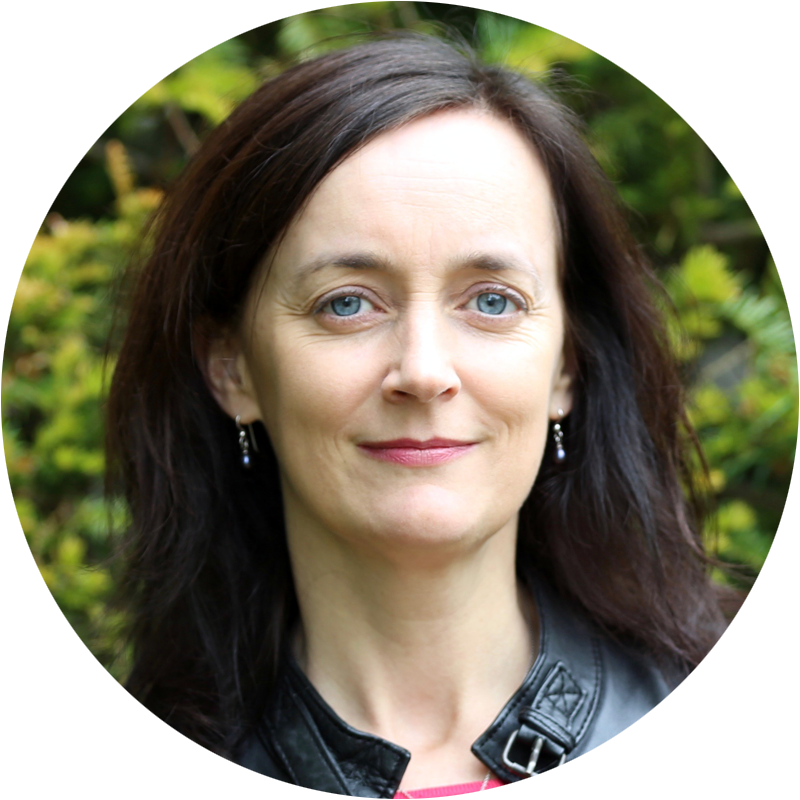Four scientific reasons to be cheerful
I don’t think I’m the only one feeling beset on all sides by negative news right now. The extent to which Switzerland is out in front in Europe’s second coronavirus wave makes me question the more optimistic tone of my last newsletter.
But new restrictions were announced in Switzerland and elsewhere this week and there is still time to flatten the curve again. In the meantime, I have chosen four uplifting science stories to share with you.
The first is an excellent idea which has the potential to reduce food waste. It’s a horrifying fact that one third of the food produced every year is wasted or lost. I’ve written before about how the food system is broken. The more initiatives there are on the table, the better.
Tara Giroud interviewed post-doctoral researcher Niloufar Sharif for this story on scientists fighting food waste at the nano level. The Iranian scientist is working on a three-year project at the Federal Institute of Technology Lausanne (EPFL) to develop intelligent packaging technologies that can identify spoiled food products.
“In her nanotechnology lab at the EPFL, Sharif is building sensors from miniscule carbon nanotubes, cylindrical molecules consisting of rolled-up sheets of single-layer carbon atoms measuring one billionth of a metre, which she hopes will be useful for detecting signs of food degradation.”
Planet progress
One billionth of a metre! Moving to a vastly different scale, the latest swissinfo.ch report on the CHEOPS space telescope is a highly engaging video produced by Michele Andina. The Characterizing ExOPlanet Satellite telescope is a joint mission of the European Space Agency and Switzerland, led by the University of Bern.
Unlike other missions dedicated to searching for new planets, CHEOPS points at bright stars already known to host planets. It’s all explained in the video by instrument scientist Andrea Fortier, with a little help from Michele’s animation.
The telescope uses “ultra-high precision photometry” to observe planets while orbiting their stars. With this method, researchers can determine the radius of each planet. Combined with the planets’ masses, which have already been estimated, researchers can figure out what the composition of each planet is.
The CHEOPS telescope started its journey into space on December 18, 2019. The team has already published an in-depth analysis of the exoplanet WASP-189b, a planet one-and-a-half times the size of Jupiter, and there are many more discoveries to come.
Sun and wings
In a previous newsletter back in July, I mentioned the first electronic airplane that was approved for use in Switzerland, the Pipistrel Velis Electro. Our reporter Simon Bradley took a ride to find out what the flights of the future will feel like. His verdict: the whirr of the electric engine sounds like a noisy dishwasher.
This is only the beginning. In the article, we learn that hybrid electric planes capable of carrying 100 people will be flying commercially by 2029, according to British aero-engines maker Rolls-Royce. Siemens predicts that electric propulsion will be the “standard solution” for all aircraft segments by 2050. Wow.
And the last good news story, the world’s first high-altitude floating solar power plant is now operating in the Swiss Alps. This technology could become a major part of the photovoltaic industry worldwide.
Join Luigi Jorio on his visit to the plant at Lac des Toules which consists of 1,400 panels, laid on 36 floating structures made of aluminium and polyethylene plastic anchored to the bottom of the lake.
I hope the great work of these scientists provides an antidote to the bleak public health situation. Winter is coming but so is a vaccine. Hang in there!

In compliance with the JTI standards
More: SWI swissinfo.ch certified by the Journalism Trust Initiative









You can find an overview of ongoing debates with our journalists here . Please join us!
If you want to start a conversation about a topic raised in this article or want to report factual errors, email us at english@swissinfo.ch.